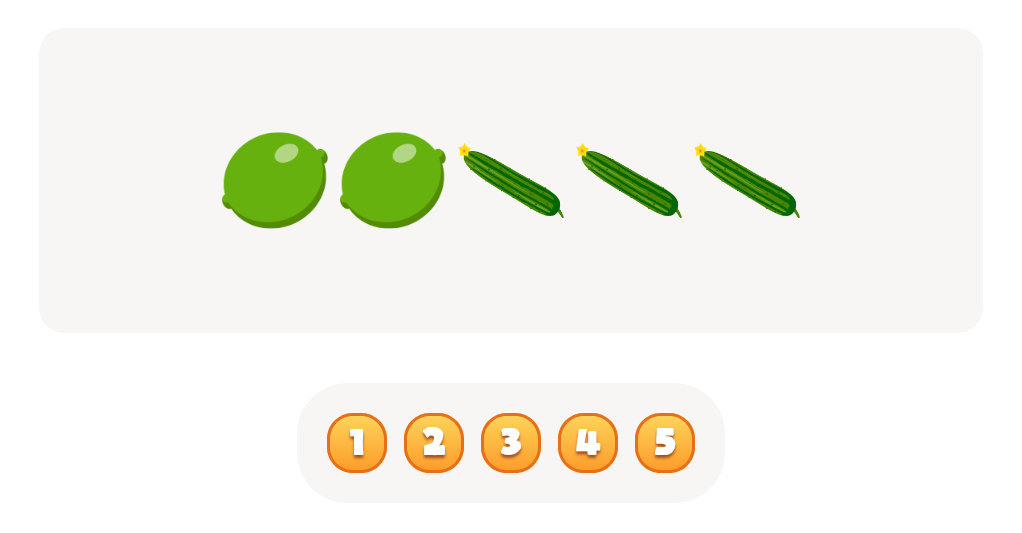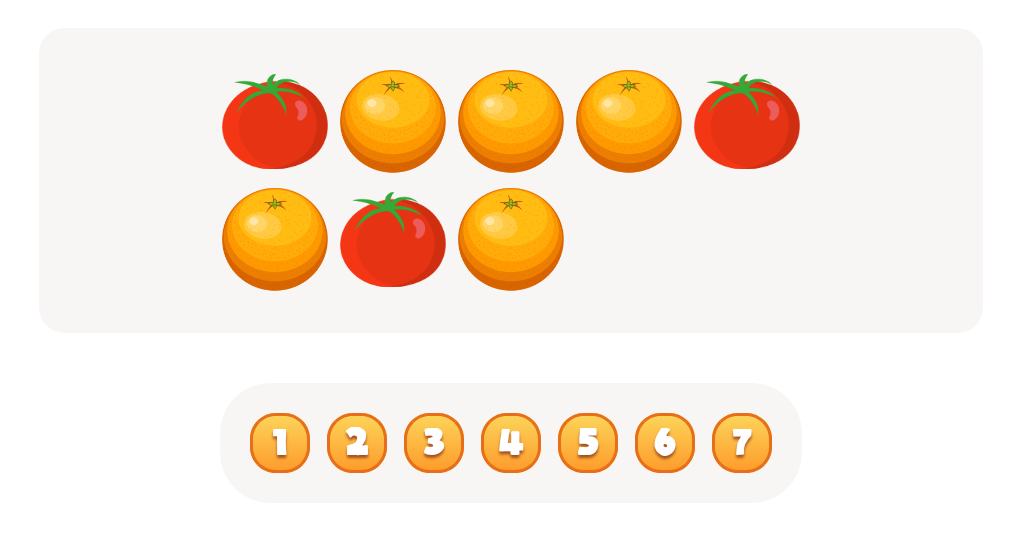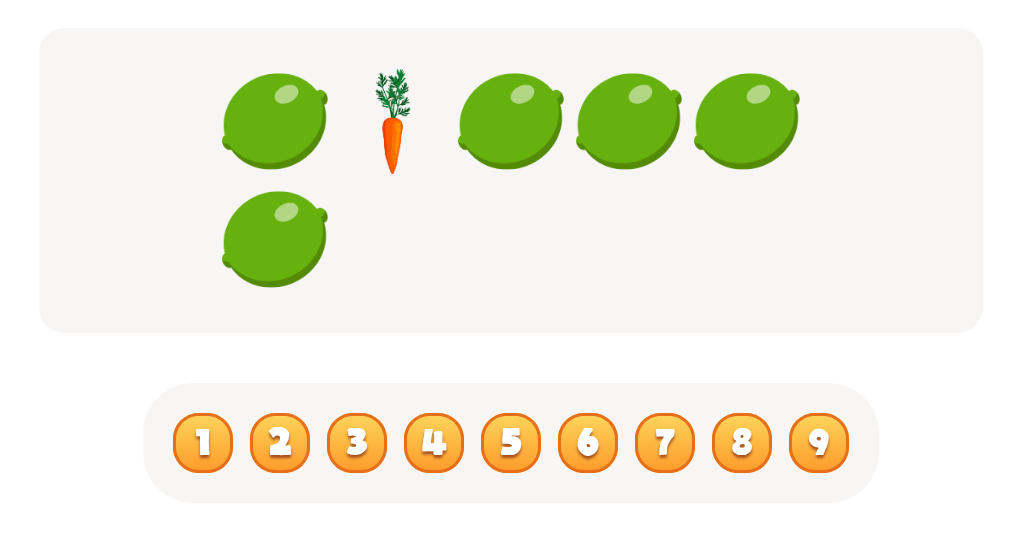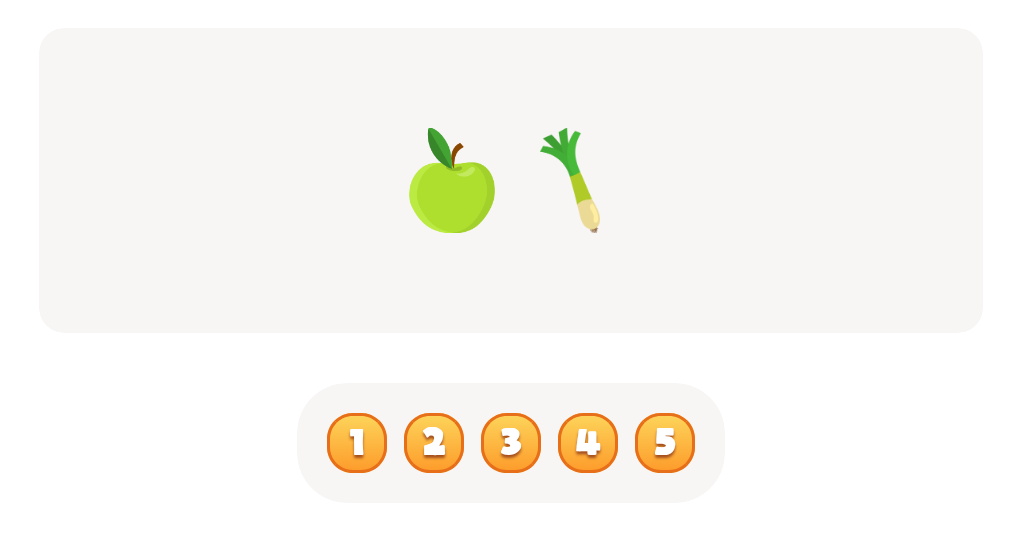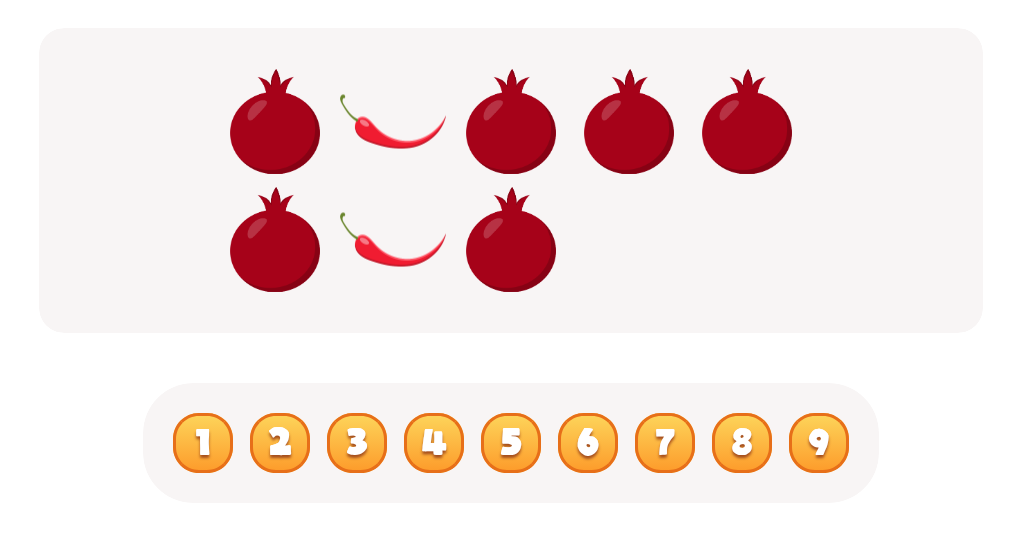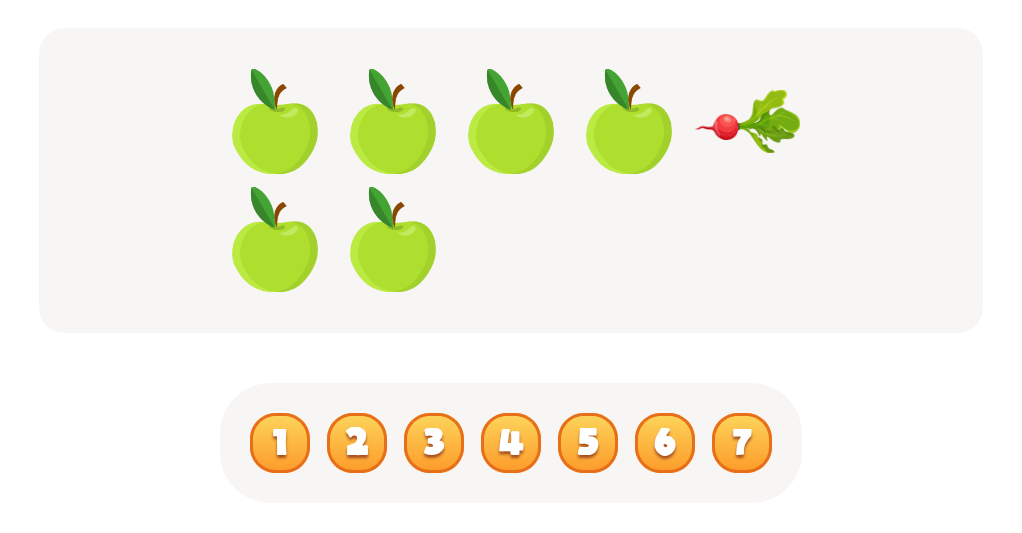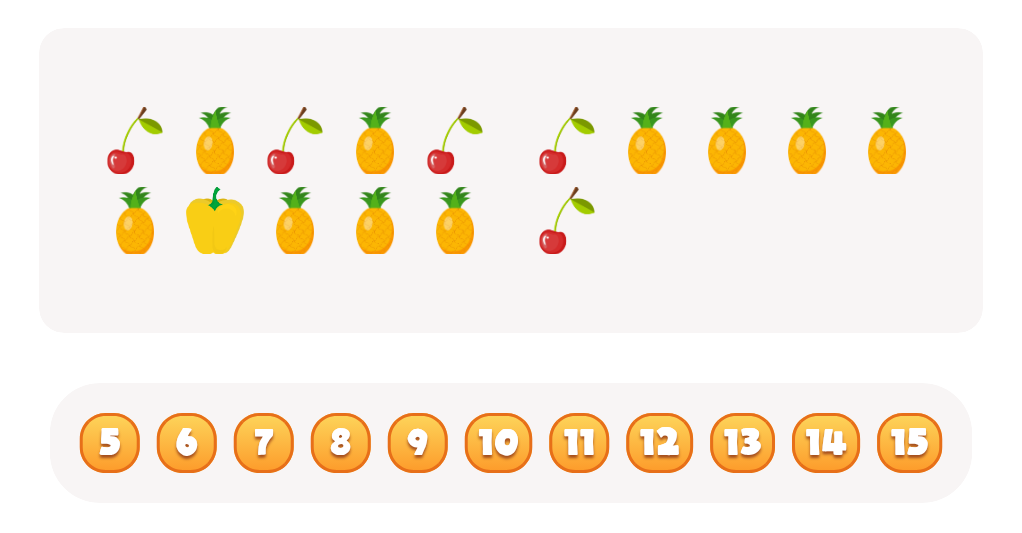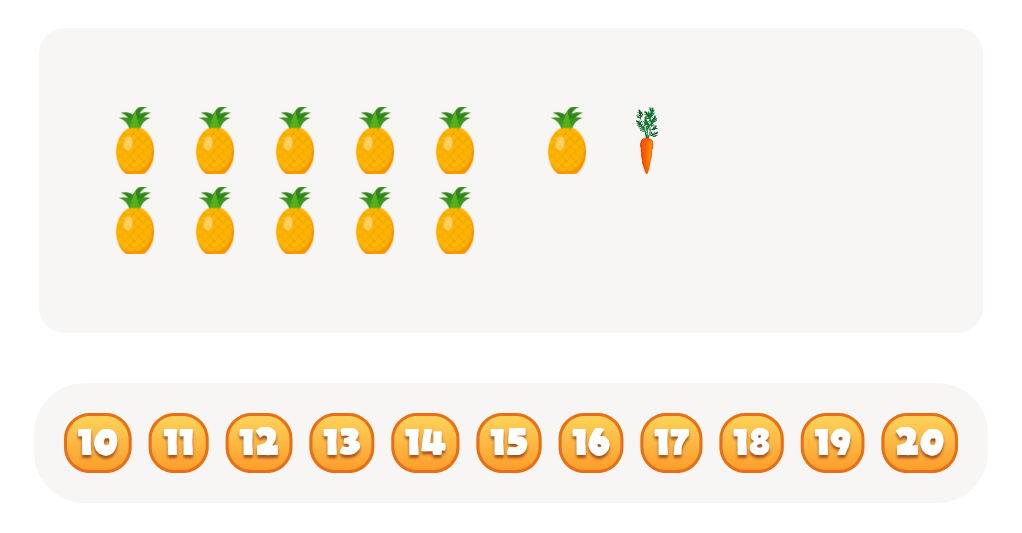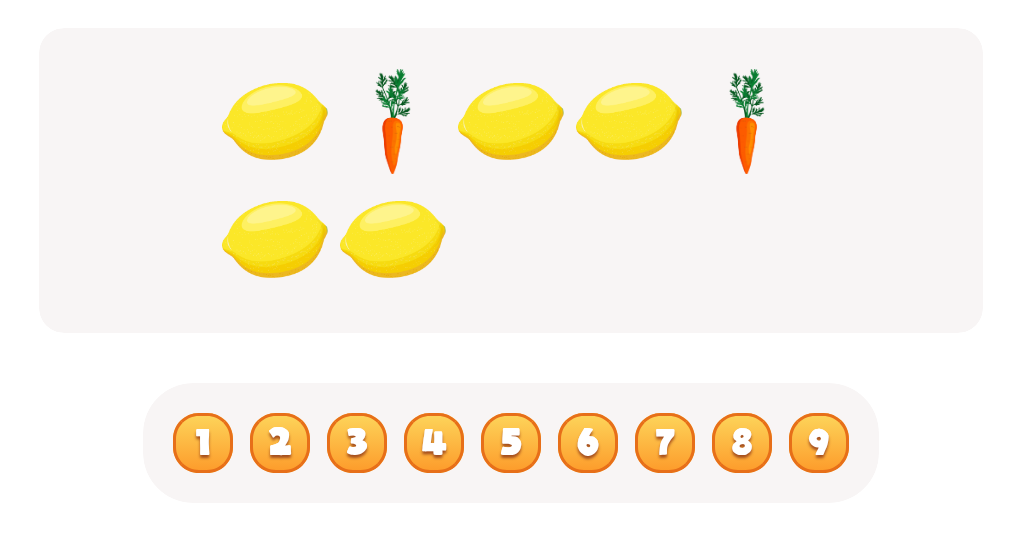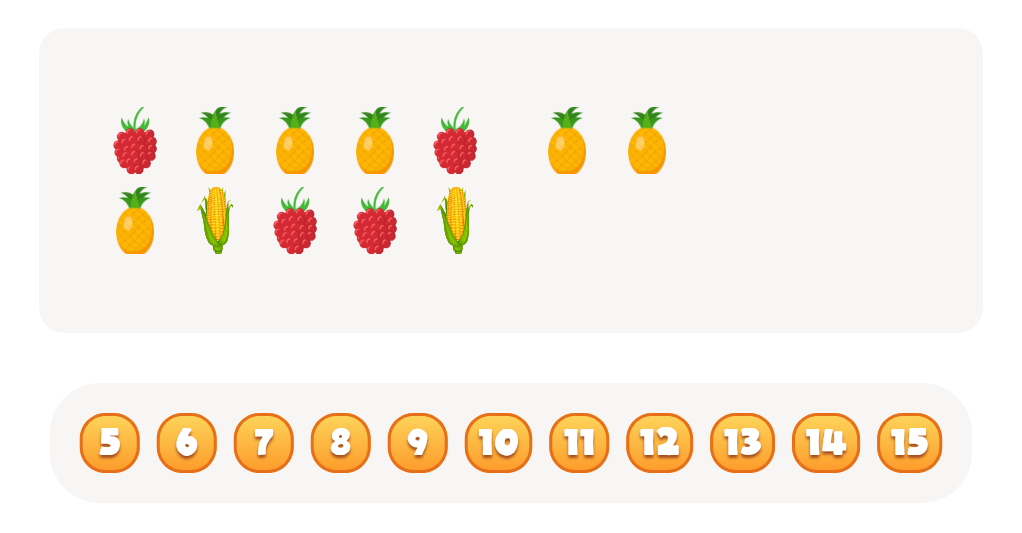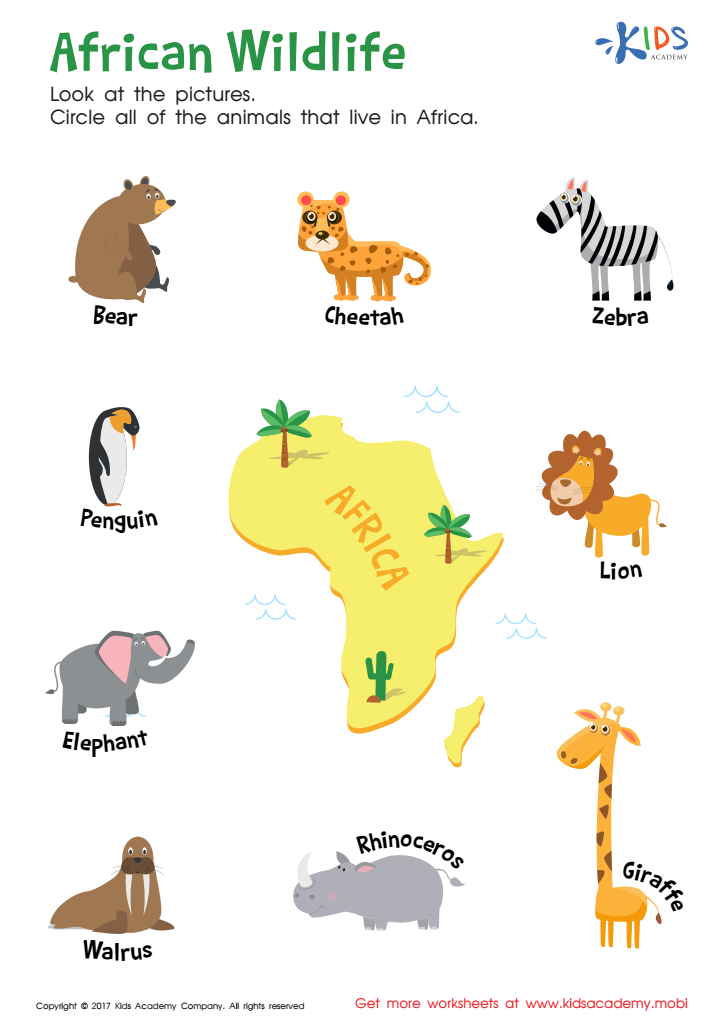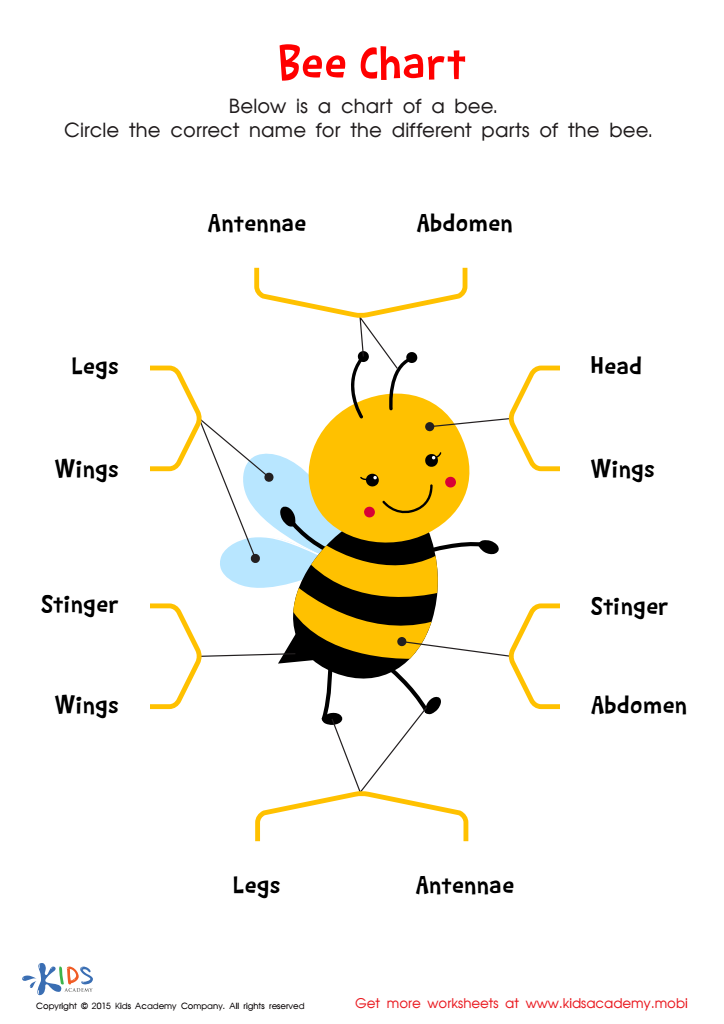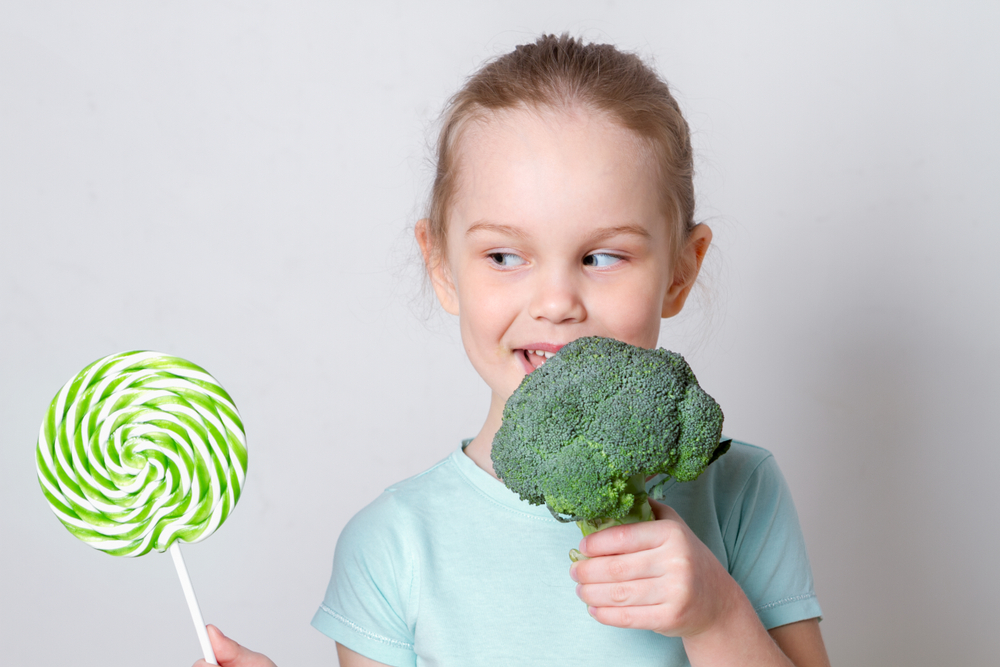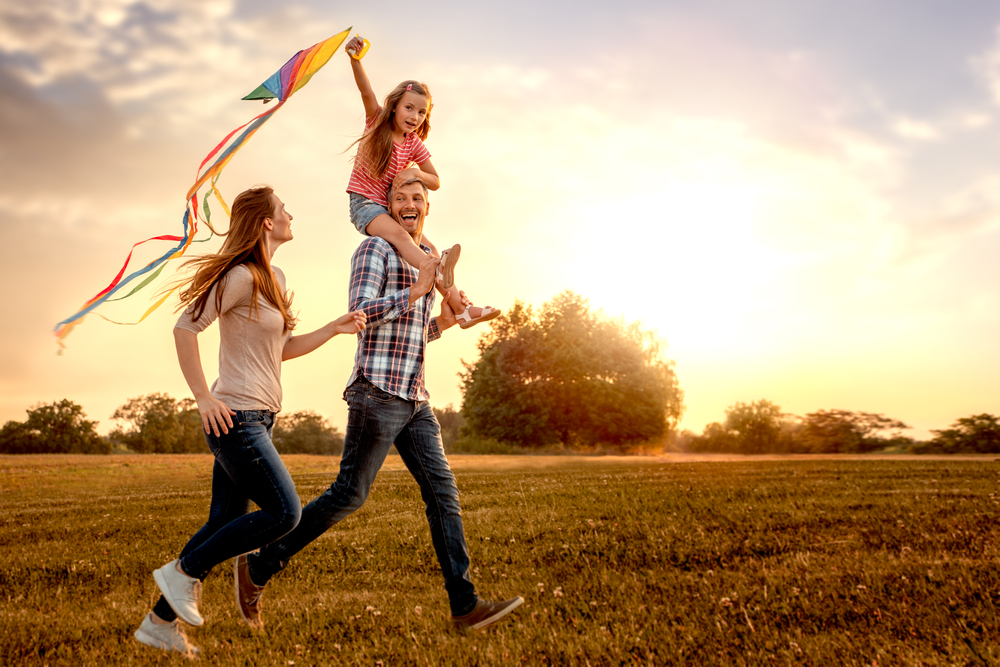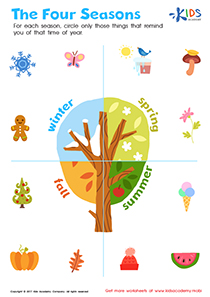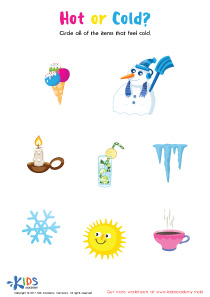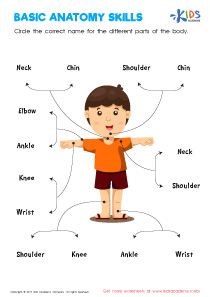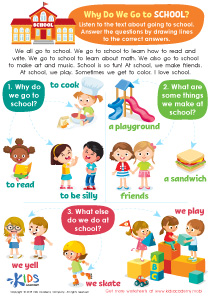Normal Plants and Animals Worksheets for Ages 3-7
11 filtered results
-
From - To
Our "Normal Plants and Animals Worksheets for Ages 3-7" offer an engaging way to introduce young learners to the wonders of nature. Designed for preschool to early elementary students, these worksheets focus on familiar plants and animals, fostering curiosity and knowledge about the natural world. Through a variety of activities including matching, coloring, and tracing, children will enhance their fine motor skills, vocabulary, and comprehension. Perfect for homeschooling or supplemental classroom activities, these worksheets promote hands-on learning and help kids recognize and appreciate common plants and animals around them. Encourage your child's exploration and early science skills today!


African Wildlife: Giraffe Worksheet
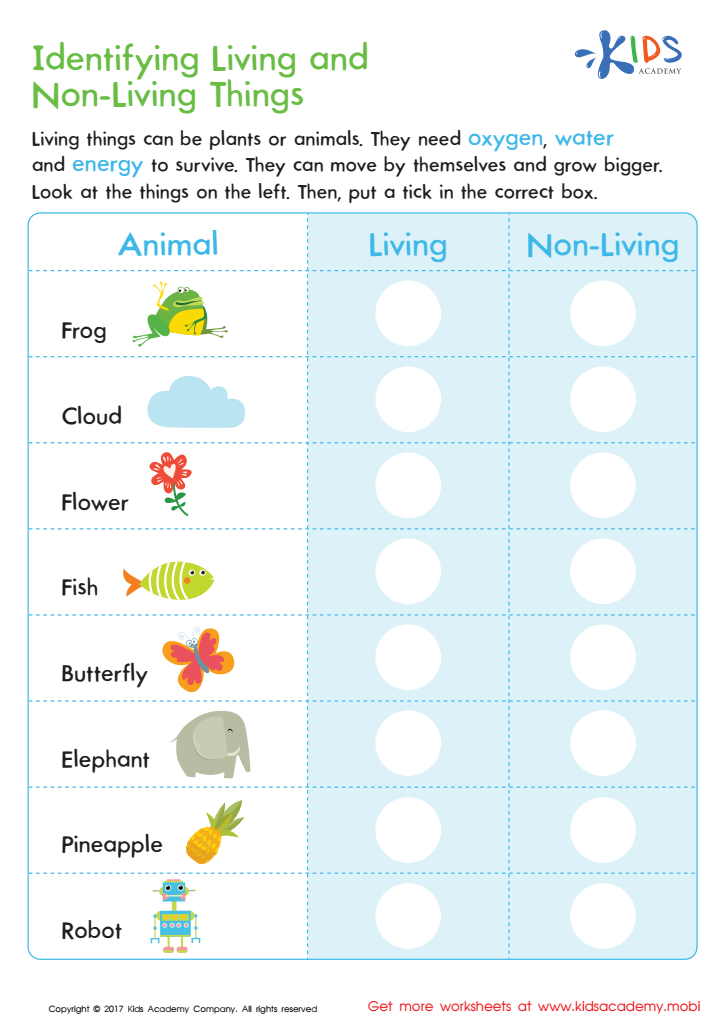

Identifying Living or Non–living Worksheet
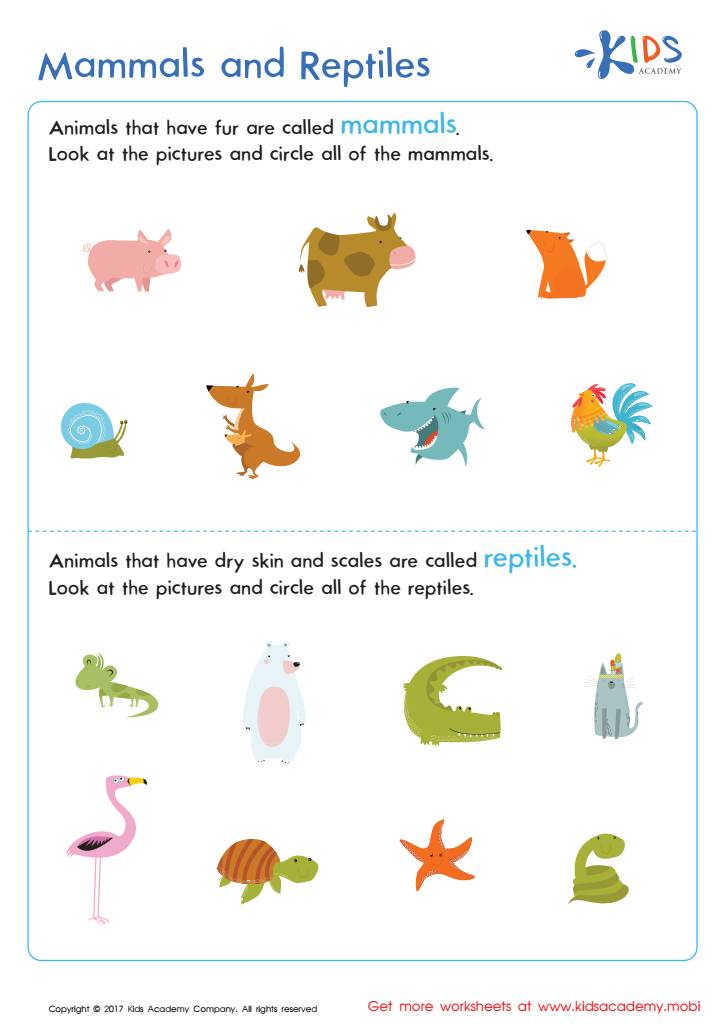

Mammals and Reptiles Worksheet
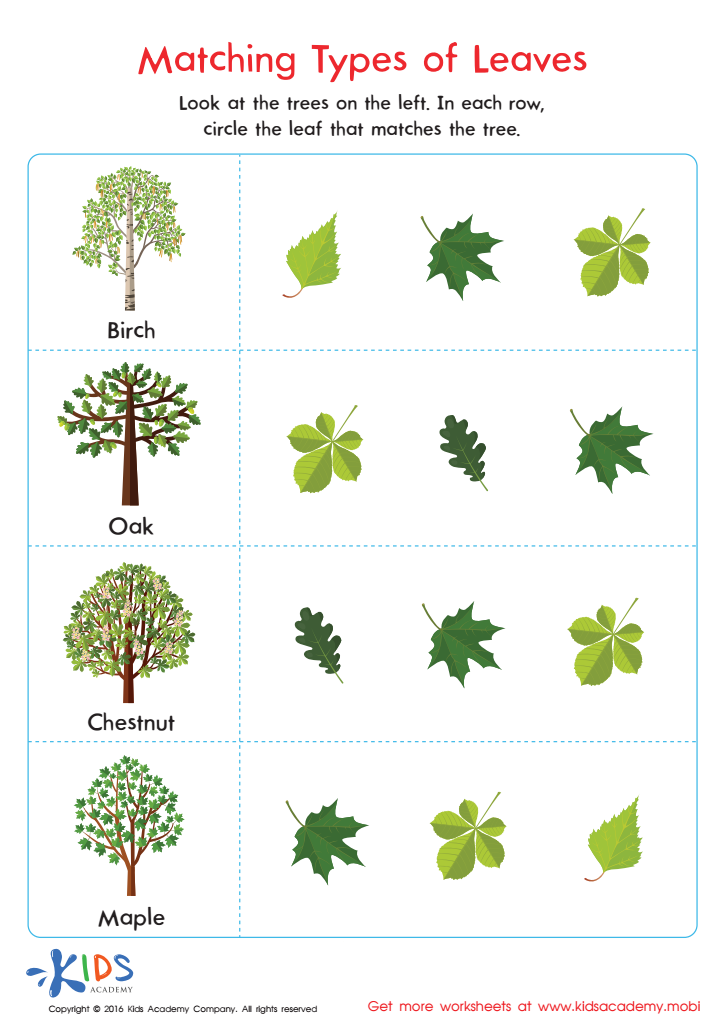

Matching Types of Leaves Printable
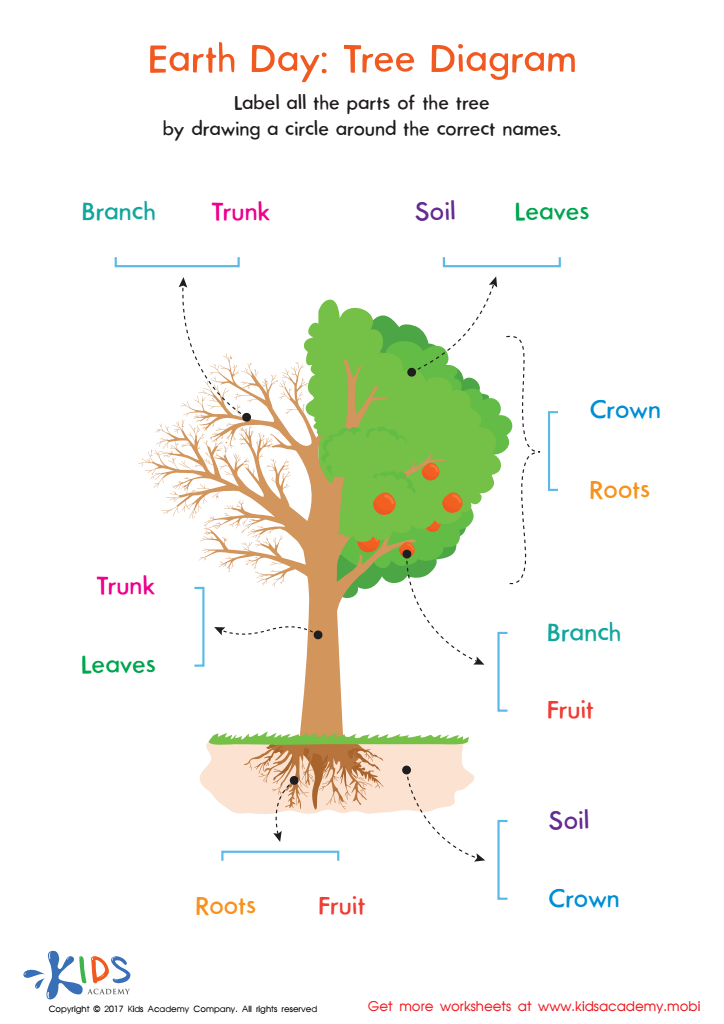

Earth Day: Tree Diagram Worksheet
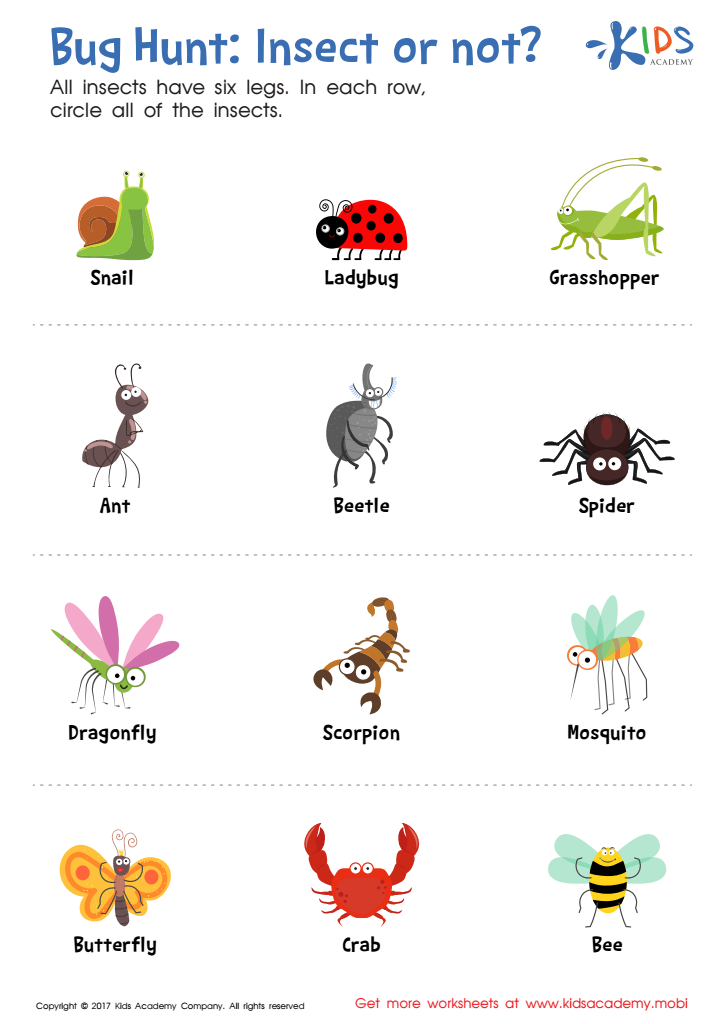

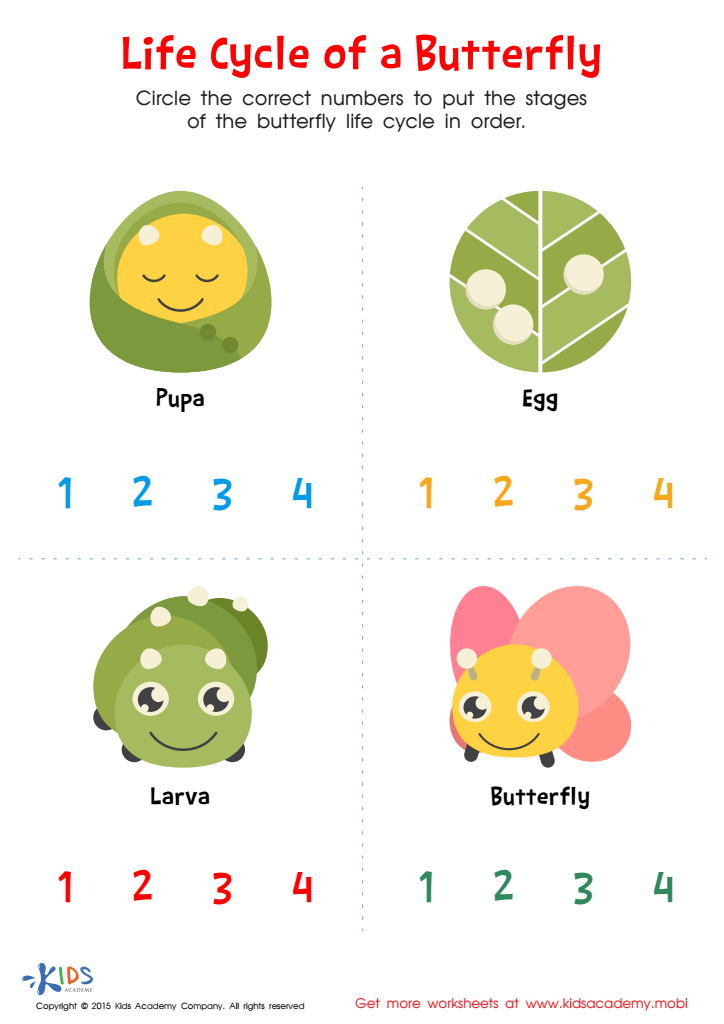

Life Cycle of Butterfly Printable
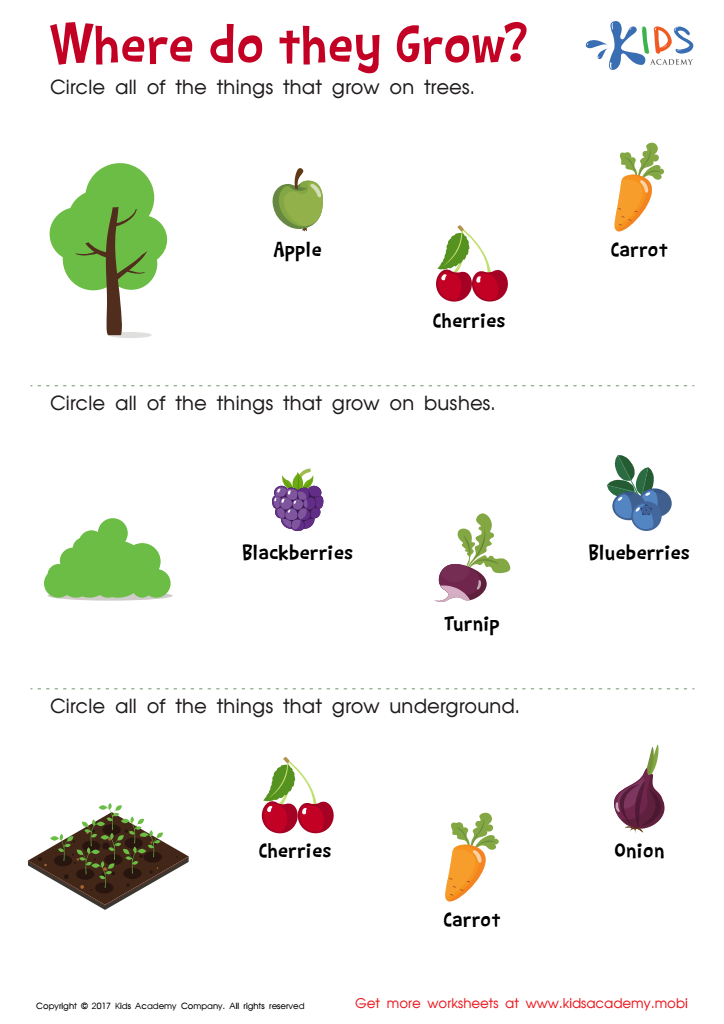

Where Do They Grow Worksheet
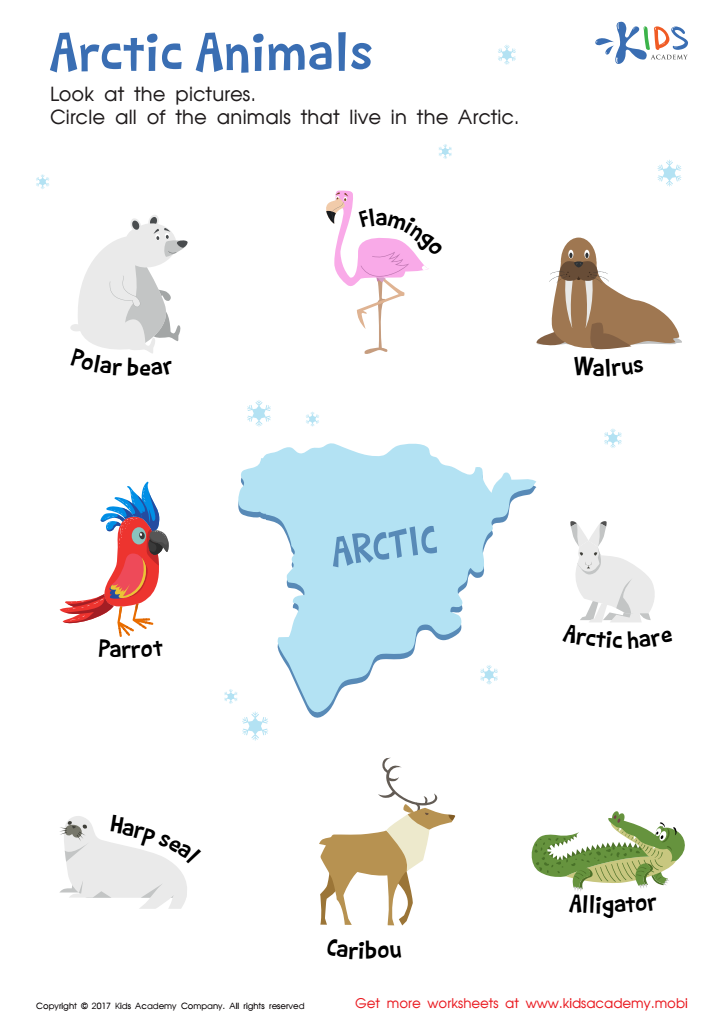

Arctic Animals Worksheet
Parents and teachers should care about introducing normal plants and animals to children aged 3-7 because this foundational knowledge sparks curiosity and fosters a sense of connection to the natural world. During these formative years, children are highly receptive to new information and experiences. Learning about common plants and animals helps them develop observational skills, empathy, and environmental awareness. These interactions lay the groundwork for lifelong habits of respecting and protecting nature.
Understanding normal plants and animals also enriches children’s cognitive development. For instance, identifying different types of plants and animals enhances memory and categorization skills. When kids learn how plants grow from seeds, or how animals find food and shelter, they begin to understand basic biological concepts that are crucial for more advanced education later on.
Additionally, this exposure can support social and emotional growth. Caring for plants or pets teaches responsibility and patience. Engaging with living things can offer comfort and companionship. Outdoor activities, including observing plants and animals in their natural habitats, encourage physical exercise and develop fine and gross motor skills.
In essence, investing in environmental education during early childhood ensures the growth of well-rounded individuals who appreciate the interdependence of life, contributing to responsible citizens for the future.

 Assign to My Students
Assign to My Students
